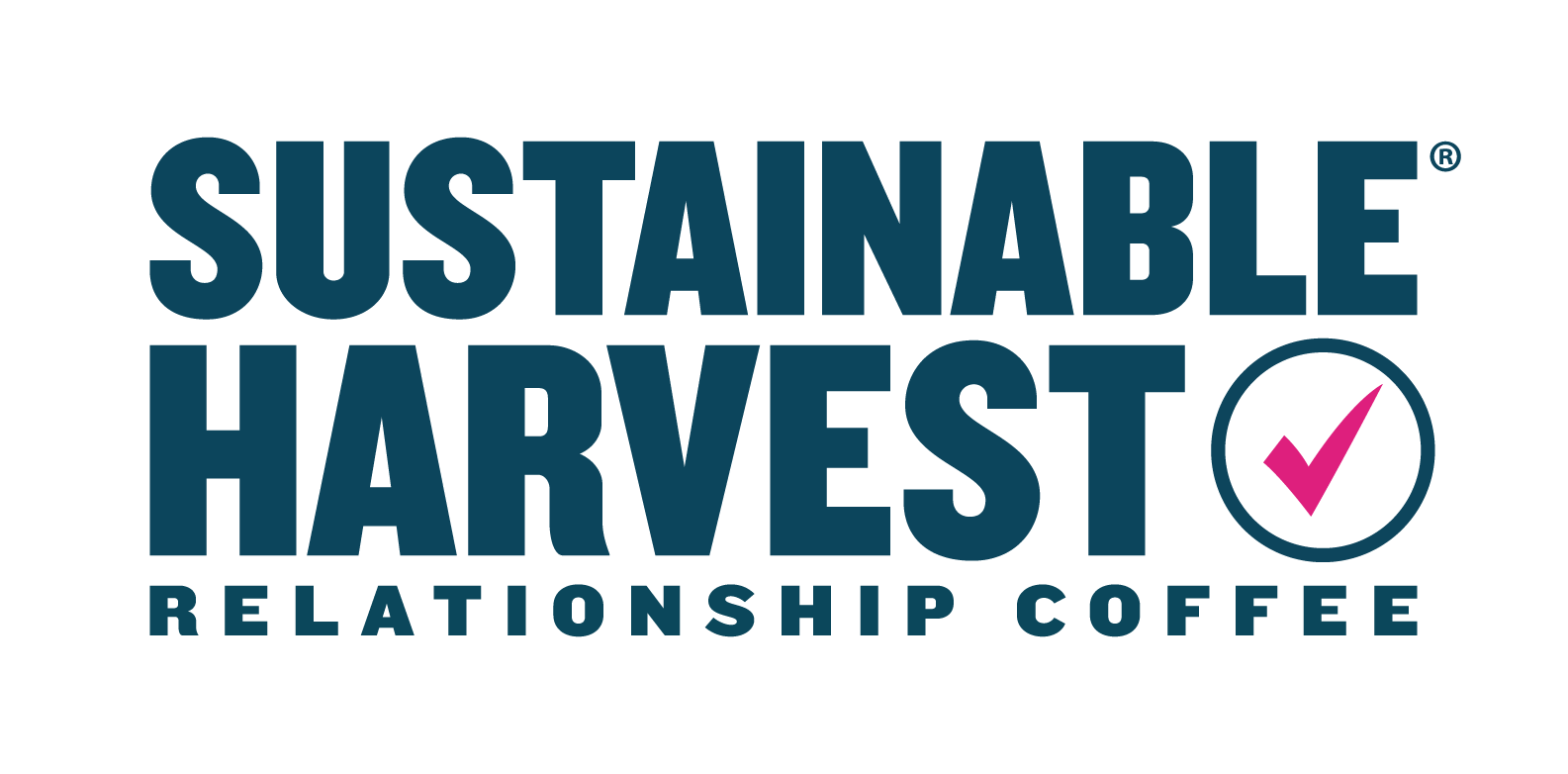
As the 2024/25 harvest starts across Central America and Mexico, we reached out to Isabel “Chabe” Cerqueda, our Relationship Manager at Mexico and Central America, and to a couple of our Sucafina colleagues, Oscar Fernando Hurtado, Research Manager of the Americas, and Luis Fernando Esteves Joaquim, Commercial Director of Central America, Mexico and Peru (CAMP) to get their thoughts on what to expect for the upcoming harvest in the region as well as their take on the 2023/24 cycle.
Here’s a quick summary of their insights:
- We expect a harvest of around 17 million bags across the whole region, 1% lower than in the previous year. That said, quality is expected to be higher.
- The harvest is delayed due to two main reasons. First, an extended drought in most of the region from January to mid-June, accompanied by intense heat waves in May, negatively impacted flowering, especially the early events. Second, excessive rainfall since July, including during November due to Tropical Storm Sara, has delayed the maturation process.
________________________________________________
What to Expect for the 2024/25 Harvest?
The coffee harvest has started in the Central America and Mexico (CAM) region! The 2024/25 harvest was delayed due to late flowering as well as the influence of Tropical Storm Sara, which brought heavy rains in November. We expect the flow of coffee to have a significant peak between January and February, followed by a drop in March and ending in April.
Compared to the previous harvest, the 2024/25 crop is expected to be 1% lower in the region, with Honduras and Guatemala experiencing larger reductions. The total combined crop for all Central America and Mexico is projected to reach just 17m bags, marking a new nine-year low. These reductions are primarily due to the drought that affected the first half of 2024, which impacted flowering in key areas in Honduras and Guatemala. On a brighter note, there are optimistic projections in Mexico (though certain areas in Chiapas were impacted, the overall outlook for the country shows growth, compared to the past crop), as well for Nicaragua and Costa Rica.
Oscar Fernando notes that the quality is expected to improve, due to low reports Coffee Berry Borer and Coffee Leaf Rust. Additionally, there were favorable rains since the second half of June that contributed to good cherry development.
Luis Fernando reports that some non-weather-related factors could still impact the harvest. Migration, a big issue in the region, is one of them. “The availability of pickers is lower and the growth of remittances in countries such as Guatemala and Honduras further limits the supply of labor,” he mentions, noting that migration flows have great significance for labor availability. January will be the most critical month, as this is when the harvest is expected to peak across the entire CAM region, and these countries will need a higher number of pickers simultaneously.
In Mexico, the labor shortages are a concern. Chiapas, the biggest and most important coffee region in the country, has experienced escalating violence driven by cartel activity. The situation affects the availability of pickers, as they can’t reach certain areas due to conflicts and lack of security in the region. It’s important to mention that this situation is isolated to Chiapas, as for now, we don’t see any security issues in other producing regions.

Other Challenges and Some New Relationships from the Region
Producer groups in the CAM region have focused throughout 2024 on strategies to adapt to the new EUDR regulations (now postponed to end of 2025, but still ongoing in the field). It has been one of the region’s biggest challenges in 2024, but hopefully, the delay will enable most small-scale farmers to meet them in time. “Systems in implementation are not standardized, and there are still details to fine-tune as we move into 2025,” mentions Luis Fernando.
Chabe reports that suppliers in our chain are working towards meeting EUDR requirements and making progress, but that it has been especially tough for small groups and cooperatives as they lack technical teams to handle the fieldwork.
On top of that, changes to organic certification rules have made it harder for producers to renew or maintain their certifications. Some have even decided to reduce their Organic Certified offerings.
Another ongoing challenge is the rising market. “While higher prices can be good news for producers, it’s tough for organizations because they need more capital to buy coffee,” says Chabe. Interest rates have also risen significantly, and costs for harvesting, collection, and inputs are up, while differentials haven’t budged.
Despite these hurdles, we’re excited to keep growing in the region. We’re proud of our long-standing relationships and thrilled to highlight some new partnerships!
In Honduras, we’ve started working with Cafico and Sol y Café (not to be mistaken with our friends in Peru ;) ), who are offering unique microlots alongside FTO, ROC, and RFA-certified options. We’re also eager to try more ROC-Certified coffees from Guatemala and Honduras, as well as women-produced coffees from COMUCAP in Honduras and FESICH and FEDESI in Mexico.
Be sure to reach out to your Relationship Coffee Manager to learn more about these exciting offerings!



.png)
